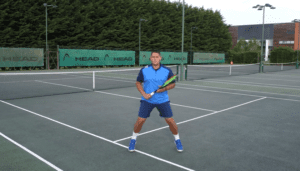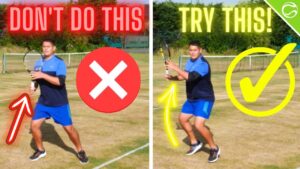
How To Reduce Errors In Tennis
How To Reduce Errors In Tennis
In this video LTA Senior Performance and RPT National Professional coach Simon Konov of Top Tennis Training will break down how to reduce your errors in tennis.
When we think about it in the simplest way, there are only two obstacles on the tennis court:
1. The Net
2. Hitting Long or Wide
Step One
If we take the net out of the equation by simple increasing our net clearance on shots, we will already reduce our errors dramatically in both training and matches.
To take the net out of play, we want to hit with good net clearance.
Below is an image of Novak Djokovic’s, Rafael Nadal’s, Andy Murray’s and Roger Federer’s net clearance with their forehands during the 2013 season.
The net height in the middle is 3 feet (36 inches). Notice that Murray’s ball is the lowest at 59 inches. So even he has two feet of net clearance when playing on average.
Roger Federer hits at 70 inches which is exactly two net levels for clearance and Rafael Nadal hits at 90 inches which comes close to 3 net levels.
Now most of this data was gathered on hard courts, if the research was conducted mainly on clay courts, the vast majority of the players tested would likely come back with 2-3 net levels on most shots.
These are the best players in the world, the players who have worked harder and trained more than the rest of us, so if they feel the need for 2-3 net levels, the rest of us should take note and put this theory into practice also.
[images style=”0″ image=”https%3A%2F%2Fwww.top-tennis-training.com%2Fwp-content%2Fuploads%2F2018%2F03%2Ftennis-net-clearance-stats.jpg” width=”1024″ align=”center” top_margin=”0″ full_width=”Y”]Step Two – Topspin
Now if we are clearing the net, the next obstacle to avoid is hitting it out of the court either long or wide.
If we simply increase our topspin levels to make sure our ball dips before the lines we then decrease our error rates even more.
You could push the ball in, reducing the pace and simply nudging at the ball as you hit it, however this will give your opponent a very easy ball that they could then attack so this option is not going to be effective against stronger players.
The more topspin we want to produce, the more we hit up on the ball. Imagine the ball was a clock, when we want greater topspin in general we will hit from 6 to 12 o’clock on the ball.
This will ensure the racket drops under the ball level before contact and travels in a low to high path which will increase the topspin levels.
If we are hitting a forehand crosscourt, we might hit from 5 – 11 o’clock on the ball.
[images style=”0″ image=”https%3A%2F%2Fwww.top-tennis-training.com%2Fwp-content%2Fuploads%2F2018%2F03%2Ftennis-topspin-clock-by-top-tennis-training.png” width=”615″ align=”center” top_margin=”0″ full_width=”Y”]When you join these two things together, you will see some great results.
This is exactly what consistent players like Rafael Nadal do, instead of playing low and flat over the net (high risk tennis) then play the high percentage option of hitting with good margin over the net and heavy topspin to allow that higher ball to then dip into the court.
Try it out and you’ll love the results!



